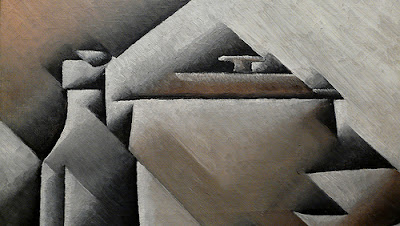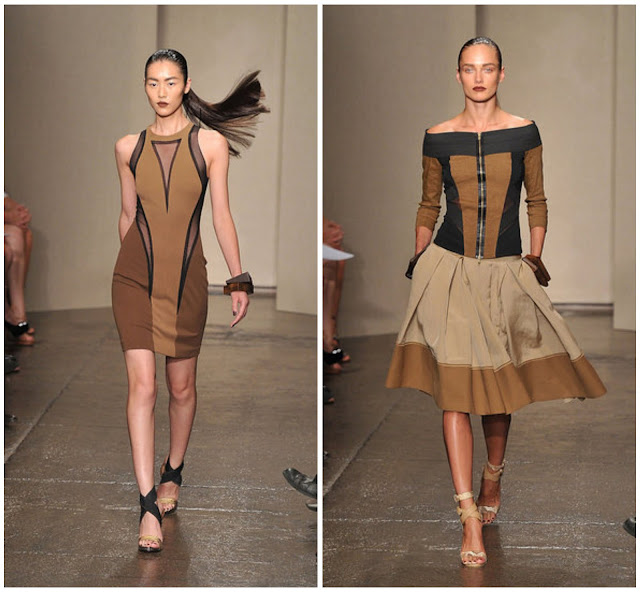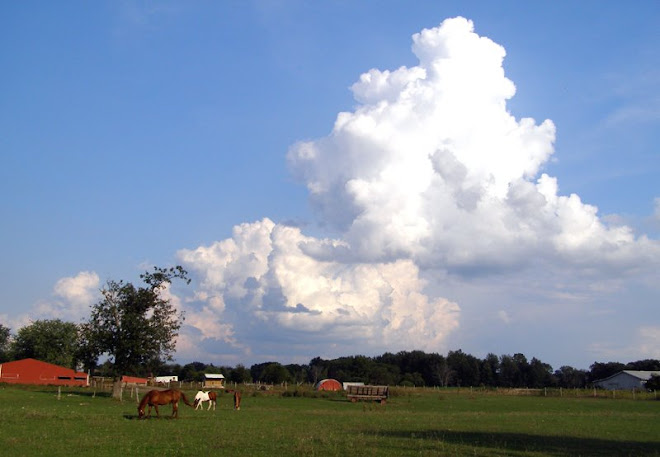-
-
Venus of Urbino, 1538, by Tiziano (Titian), Uffizi Gallery, Florence
Those maids in the background of Tiziano's painting are looking for her clothes, apparently. Yet she is unconcerned, and so is the artist. Who needs clothes, to be rendered charming?
An answer from Liotard:
Portrait of Maria Adelaide of France in Turkish Costume, 1753
by Jean-Etienne Liotard, Uffizi Gallery, Florence
I love clothes. I don't shop much now, though I love the adventure of thrift shops.
While there is a lot of misery all around, there is also a lot to admire and enjoy, in fact, we need beauty more than ever in such times as these, like bouquets of flowers for a loved one suffering from injury, illness, or loss.
Looking at women in new fashions is my pastime when the seasons of fashion shows arrive, and Thursday was the first day of the New York Spring 2012 fashion shows. Fashion is wearable art, poetry in motion. After last February's fall shows, I had fun compiling a
gallery of art pieces paired with designer duds. I first explore the photos from shows at
Fashionologie, then scour thumbnails of paintings and sculpture at the
Google Art Project and at online museum collections. I look for arresting designs, both in art collections, and in fashion collections. They lead to each other back and forth, like a game of visual tennis. I'm back at it and plan to make galleries until the end of the New York shows next Thursday. We'll see how things go. You just never can tell when you will experience
vita interruptus.
Hans Hoffman and BCBG square up, below. I don't think much says "spring" more than spring green:
Cathedral, by Hans Hoffman, MoMA
BCBG design; I really like BCBG;
but I only paid 200 bucks
Imitation showed some beautiful clothes Thursday. Romantic and feminine. I see several artists' work in their dresses, and I'm not done exploring. Tara Subkoff
launched the Imitation line after brain surgery a couple of years ago. Talk about obstacles increasing creativity! She is an actress in films like "American Pie" and "The Cell" and previously founded fashion design house "Imitation of Christ" with Matthew Damhave. Was Imitation imitating these pieces of art?
: : : : :
Imitation and two artists at MoMa:
left: Helen Frankenthaler's "Jacob's Ladder";
right: Gertrud Goldschmidt's (Gego) "Sphere"
both at MoMA
: : : : :
Imitation and Monet:
Water Lilies, Claude Monet
Museum of Fine Arts, Boston
: : : : :
Imitation and Whistler:
The White Symphony: Three Girls, by James McNeill Whistler
Freer Gallery of Art, Smithsonian
: : : : :
I love these other designers' collections too.
Peter Som dress
Paul Klee's Blaue Nacht
: : : : :
Graphic yellow and black (or blue) a la Matisse:
Yigal Azrouel
Henri Matisse
: : : : :
Sketches by Doo.Ri and Chagall:
dress by Doo.Ri
Joseph sketch, by Marc Chagall
: : : : :
Graphic gold leaves:
Andy Warhol's Rorschach and dress by Wes Gordon
: : : : :
Blooming red flowers:
Yigal Azrouel
Red Cannas, by Georgia O'Keeffe
: : : : :
Sapphire Matisse blue:
Dress by Jason Wu, and blue nude by Henri Matisse
Those are my standouts from Thursday's and Friday's shows. More to come . . .
February's gallery of synchronized art and fashion for the New York Fall 2011 shows is
here.
All fashion photos from Fashionologie
-
-































































